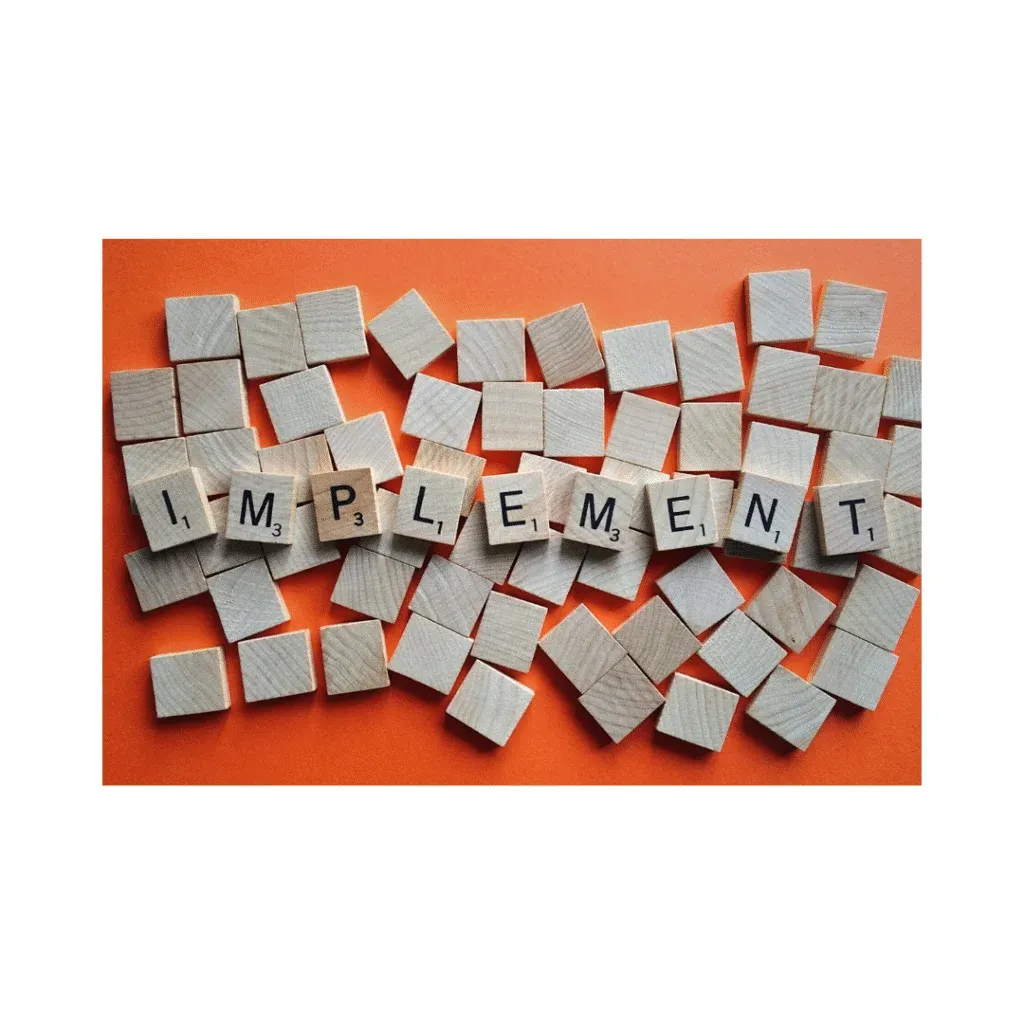NetSuite offers robust tools to manage India’s complex tax landscape, including GST and TDS. The India Localization Tax Engine is a powerful feature that helps businesses navigate these regulations effectively. Setting up India tax configuration involves several key steps.
By following these steps with NetSuite’s capabilities, businesses can ensure accurate tax calculations, compliance with tax regulations, and improved financial reporting
Step 1: Install Essential Bundles
The initial step in setting up India tax configuration in NetSuite involves installing essential software bundles. These bundles, including SuiteTax Engine, SuiteTax Data Records, and India Localization-specific modules, provide the core framework for managing taxes like GST and TDS. Proper installation of these bundles is crucial for accurate tax calculations and reporting.
By installing these bundles in the correct sequence, businesses establish a solid foundation for their India tax configuration within NetSuite.
Step 2: Enable SuiteTax
To utilize the India Localization SuiteTax Engine for tax calculations, enabling the SuiteTax feature within your NetSuite account is essential. This activation step unlocks the necessary functionalities for managing GST, TDS, and other Indian tax requirements. By enabling SuiteTax, businesses prepare their NetSuite environment for accurate tax computations and reporting.
Step 3: Define GST Tax Rate Rules
The third crucial step in establishing a robust GST system involves the meticulous creation of tax rate rules. This process entails carefully considering several key factors to ensure accurate tax calculations. Firstly, it’s essential to determine the specific registration type of the subsidiary, whether it’s classified as a Regular or Composite Dealer.
This categorization significantly influences the applicable GST rates. Secondly, the nature of the supply must be classified as either inter-state or intra-state, as this distinction determines the type of GST levied – Integrated GST (IGST) for inter-state transactions or Central GST (CGST) and State GST (SGST) for intra-state transactions.
Step 4: Establish Tax Types and Nexus
The fourth critical step in the GST configuration process involves the creation and categorization of tax types. Each tax type, representing a distinct tax levied, must be meticulously linked to its corresponding General Ledger (GL) code. This association ensures accurate financial recording and reporting. Determining the nexus, or geographical location where taxes are collected or paid, is crucial. This step involves assigning specific tax agencies responsible for administering taxes in different jurisdictions.
By establishing a clear structure of tax types, GL codes, and tax agencies, businesses can effectively determine the correct taxes applicable to their transactions.
Step 5: Set Up Master Records
The fifth crucial step in the GST configuration process involves creating comprehensive master records for essential business entities and items. This step lays the groundwork for accurate tax calculations by capturing critical tax-related information. Subsidiaries, vendors, customers, and items must be established with meticulous attention to detail.
For each record, essential tax details such as PAN (Permanent Account Number), TAN (Tax Deduction Account Number), GST registration numbers, and HSN/SAC codes (Harmonized System of Nomenclature/Services Accounting Code) must be accurately populated.
These master records serve as the foundation for subsequent tax calculations and reporting.
Step 6: Configure TDS
The sixth essential step in the configuration process involves setting up the Tax Deducted at Source (TDS) module. This entails defining comprehensive TDS tax rate rules based on the applicable tax rates, income types, and other relevant criteria. To streamline the process, TDS section codes must be created and linked to corresponding General Ledger (GL) codes. These codes ensure accurate accounting and reporting of TDS amounts.
By establishing these parameters, the system is equipped to automatically calculate and deduct TDS from vendor payments. This configuration not only simplifies the TDS compliance process but also helps businesses maintain accurate financial records. A well-structured TDS setup minimizes the risk of errors and penalties associated with TDS deductions.
Step 7: Verify TDS Impact
The seventh critical step in the GST configuration process involves thoroughly reviewing vendor bills to assess the accuracy of calculated TDS amounts. This step is crucial to ensure that the system is functioning correctly and that TDS is being deducted and accounted for appropriately. By examining vendor bills, businesses can verify that the TDS amounts are calculated under the predefined TDS tax rate rules and that they are correctly reflected in the general ledger.
This verification process is essential for maintaining compliance with tax regulations and preventing discrepancies in financial reporting. Identifying any inconsistencies or errors at this stage enables businesses to make necessary adjustments to the TDS configuration or rectify the affected transactions. A comprehensive review of TDS impact is vital for ensuring the accuracy and reliability of financial data
NetSuite’s India Localization Tax Regime Simplifies Tax Compliance:
By following these procedures and utilizing NetSuite’s powerful tax setup options, organizations may streamline their tax processes, decrease errors, and assure compliance with Indian tax legislation. Remember, for complex tax scenarios or to maximize the benefits of NetSuite, consider consulting with a NetSuite implementation expert.
This guide provides a general overview of India tax configuration in NetSuite. Specific requirements and settings may differ depending on specific business needs and the changing tax situation.







